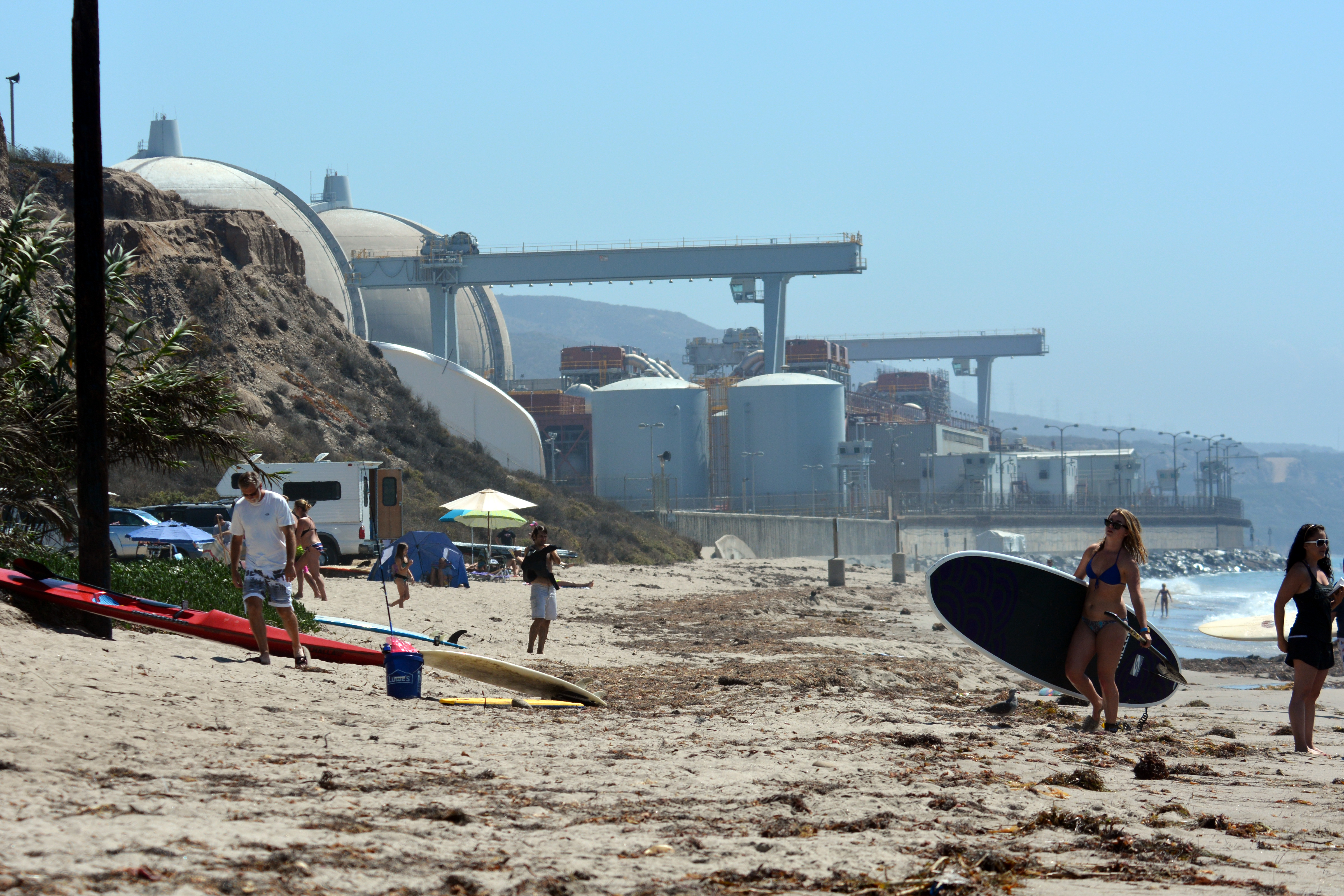
It’s the dog days of August; Congress is out of town (not that it does much when in D.C.); news is kinda slow….
But there are a few items that deserve some attention; so let’s first pause for a moment to recognize today’s 69th Anniversary of the Hiroshima bombing and then get to it.
*The Economist recently published a piece by Brookings Institution visiting fellow Charles Frank purporting to show that nuclear power and gas are actually cheaper over their lifetimes than wind and solar power.
That flies in the face of recent evidence, and the Rocky Mountain Institute’s Amory Lovins has now published a rebuttal of the article that “shows that those priorities are artifacts of Dr. Frank’s obsolete data. Replacing nine of his wrong numbers with up-to-date empirical ones, even without correcting his methodology, reverses his priorities to the ones most energy experts would expect: after efficiency, the best buys are hydropower (on his purely economic assumptions), then windpower, photovoltaics, gas combined-cycle (assuming 1.5% methane leakage), and last of all nuclear power.
Lovins goes on to point out: “The more obvious of Dr. Frank’s data problems were assuming wind and solar power half as productive and twice as costly as they actually are, gas power twice as productive as it actually is but with no methane leakage or price volatility (let alone extractive side-effects of fracking), nuclear power at about half its actual cost and construction time and one-fifth its actual operating cost, a supposed need for new generating capacity and for bulk electricity storage, and no efficiency opportunities worth mentioning.”
*The Environmental Protection Agency reports that it already has received more than 300,000 comments on its proposed Clean Power Plan to reduce carbon emissions. And it’s going to be receiving a lot more before the comment period ends in October.
We’ve been focusing our comments on the unwarranted nuclear power support in the plan. You can easily submit our sample comments or write some of your own here. Many more such comments are needed!
But it’s important to point out that we support the Plan overall. The Plan could be better; its targets are too weak, its projections for renewables too small, and its support for nuclear obviously unacceptable. But it’s a start, and is far better than anything Congress is likely to do anytime soon.
The need for support is especially telling from this article in the New York Times: 12 states, led by West Virginia, aren’t content to just file comments; they have filed a suit attempting to invalidate the plan entirely.
The fossil fuel industry is attempting to scuttle this plan; it’s important that the public’s voice be heard as much as possible in support of the plan (and against the nuclear provisions).
*Meanwhile, the Exelon-dominated Nuclear Matters is already focused on the critical next step after the rule is formally adopted. Last week it convened a panel of primarily state-level policymakers to push them to ensure continued operation of aging, uneconomic nuclear reactors in their State Implementation Plans that each state will produce to meet the rule’s requirements. It’s imperative that anti-nuclear groups begin meeting with state-level policymakers now as well–especially in those states with aging and/or new reactors to lay the groundwork to make sure those reactors are not included in the State Implementation Plans. Don’t wait until the plans are in place!

*Speaking of nukes and climate, here’s one more case study in how nukes can’t save the climate. The NRC has had to allow Florida Power & Light to increase its water temperature intake limits to a stunning 104 degrees (up from 100 degrees) just to let the Turkey Point reactors continue operation. And if you don’t think 4 degrees is a big difference, think of it this way: at 100 degrees, you might not even take an aspirin for your fever; at 104 degrees, you might be on your way to the hospital….
*Finally, decommissioning California’s shuttered San Onofre reactors will cost an exorbitant $4.4 Billion, according to Southern California Edison. That’s the highest estimated decommissioning cost for nuclear reactors to date, but it’s just the tip of the iceberg; expect similar–and still-higher–costs for dismantling of future reactors. And, of course, the price doesn’t include radioactive waste disposal.
Michael Mariotte
August 6, 2014
Permalink: https://www.nirs.org/2014/08/06/nuclear-newsreel-august-6-2014/
You can now support GreenWorld with your tax-deductible contribution on our new donation page here. We gratefully appreciate every donation of any size–your support is what makes our work possible.
Comments are welcome on all GreenWorld posts! Say your piece above. Start a discussion. Don’t be shy; this blog is for you.
If you’d like to receive GreenWorld via e-mail, send your name and e-mail address to nirs@nirs.org and we’ll send you an invitation. Note that the invitation will come from a GreenWorld@wordpress.com address and not a nirs.org address, so watch for it.
If you like GreenWorld, you can help us reach more people. Just use the icons below to “like” our posts and to share them on the various social networking sites you use. And if you don’t like GreenWorld, please let us know that too. Send an e-mail with your comments/complaints/compliments to nirs@nirs.org. Thank you!
GreenWorld is now crossposted on tumblr at https://www.tumblr.com/blog/nirsnet




FP&L has a study going. They have a three bladed generator floating right in the center of the Gulf Stream. Of course the generator is attached to the anchor. I want to know how the test is going. There has to be thousands of mega watts in the Gulf Stream. It is but 7 miles from land. There would be no ZERO nuclear wastes/irradiated metals left over using the Gulf Stream. It “runs” 24/7/365. How goes the test then, FP&L???